About Us
Extraordinary people show their calibre in challenging times, and these are all extraordinary people.
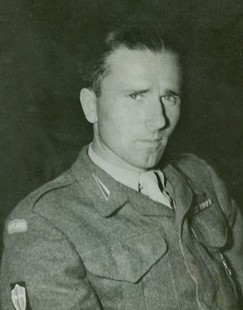
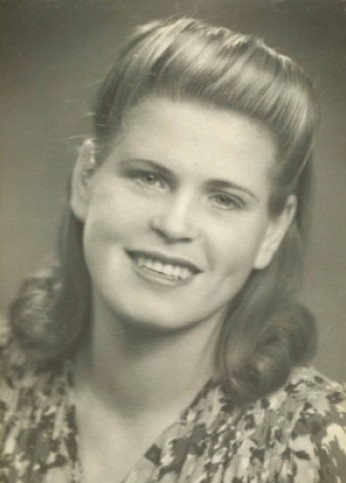
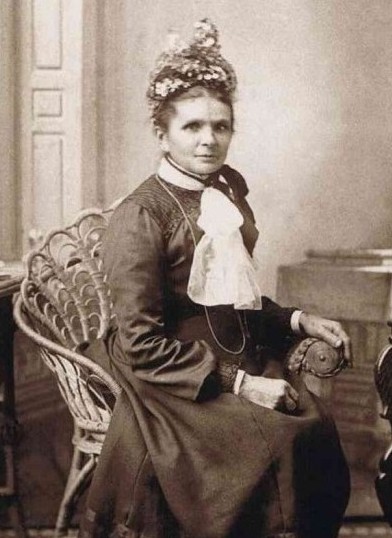
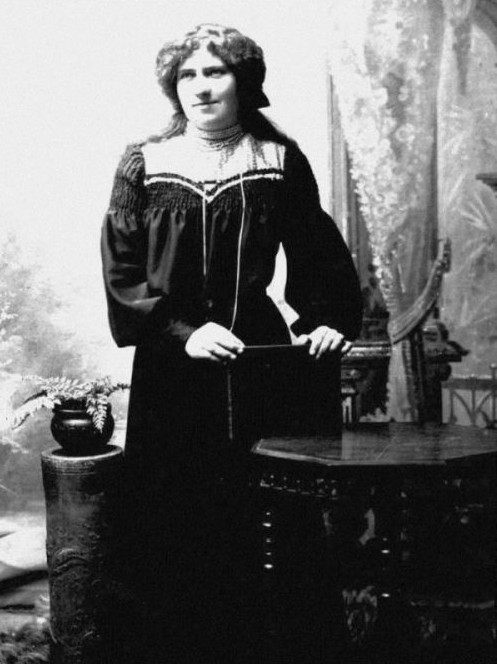
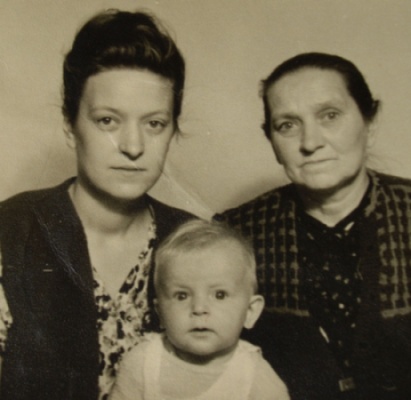
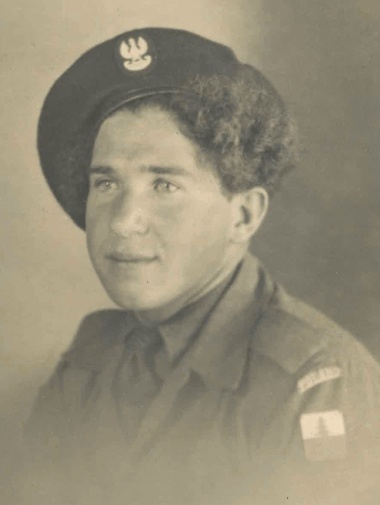
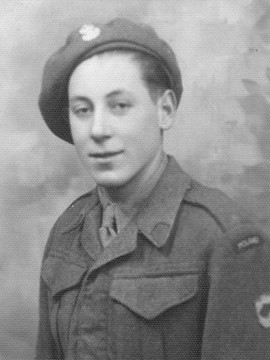
top row from left to right:
Władysław Błażków, Wisia Sobierajska, Anna Ciepielusz, Martha Dodunska, Janina, Józefa and Tadeusz Bąbka, Bronisław
Bojanowski, Adam Piotrzkiewicz.
bottom row:
Urszula Gawronek, Władysław Piotrkowski, Anna and Waleria Zatorska, Ben Neustrowski (with axe), Frederick Voitrekovsky,
Stanisław Jarka and Stasia Błażków.
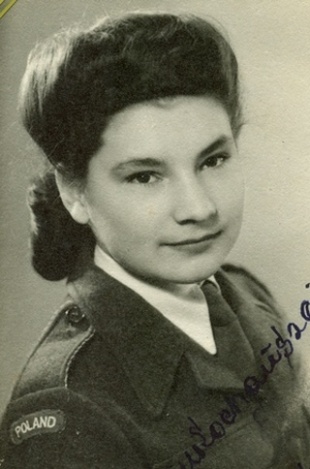
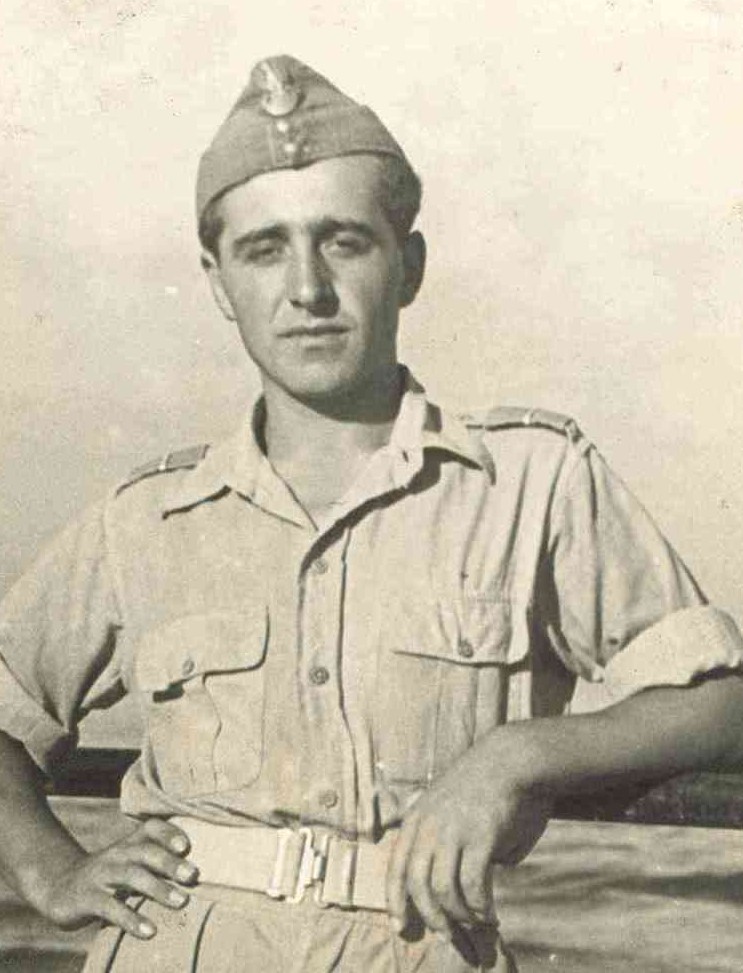
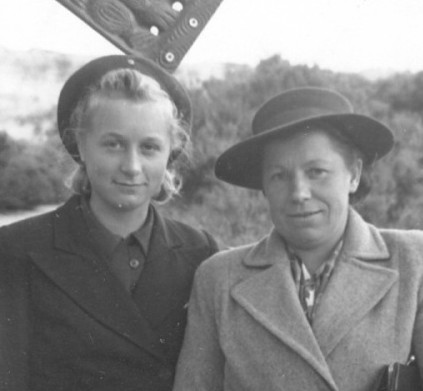
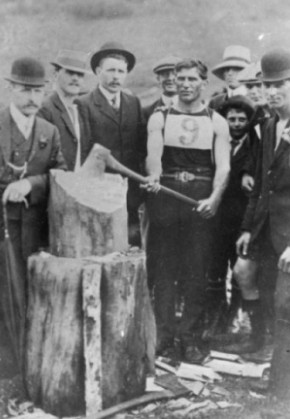
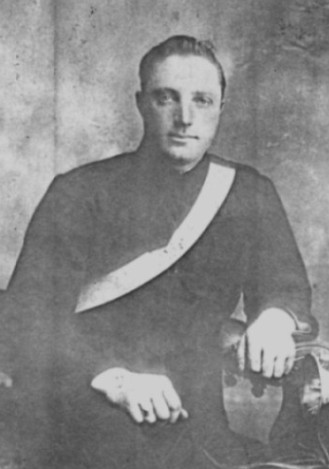
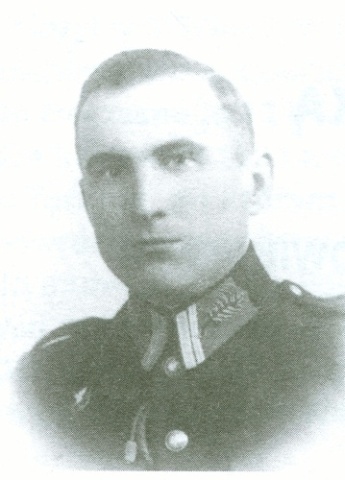
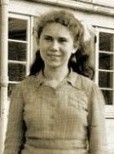
A hundred years separates the births of the oldest and youngest here, who share more than their Polish heritage. They—or their parents—left Poland under circumstances not of their own making. In the 1870s, when Catholic non-compliant Poles faced persecution from brutal occupiers, they walked away from their homes in Prussian-occupied Poland. During World War 2, they had no choice—Russian or German invaders physically removed them.
Thanks to their surnames, New Zealanders tended to classify the three born here in the late 1800s as “foreigners.”
Anna Ciepielusz left Prussian-occupied Poland in 1875 as a 25-year-old and endured 109 days on the barque shakespeare before landing in Wellington. Auckland cemetery records still mis-register her as German.
Eight of these people survived NKVD-run forced-labour facilities in northern Russia and Siberia—among nearly a million Polish civilians captured by the Soviet regime and inhaled by its remorseless ‘labour for bread’ scheme.
Four fought for the Polish army in Italy during 1944 and 1945.
An NKVD officer shot Stanisław Jarka in the back of the head in 1940. He became part of Katyń statistics and his children, Jan and Jadwiga, arrived here in 1944 thanks to a compassionate gesture by the New Zealand government to take in more than 800 Polish civilian refugees. The invitation was extended permanently after the war. With them were Anna and Waleria Zatorska, and Stasia Błażków, who as a determined eight-year-old, ensured her dying father survived long enough to board a cargo vessel out of the USSR.
Adam Piotrzkiewicz saw his father shot at the front door of his house in Lwów, and that house bombed by retreating Russians in 1941.
Janina and Józefa Bąbka spent 10 years in Germany before being accepted as Displaced Persons by the New Zealand government.
Wisia Sobierajska Watkins arrived here with her family in 1968. She last saw her father when he left to look for food after Soviets abandoned their family—with 41 others—in the Uzbekistan desert in 1942. Only Wisia and two younger sisters survived to walk away. They found a train and eventually made their way out of the USSR.
Urszula Gawronek Poczwa celebrated her 90th birthday on 12 June 2016 with her children, grandchildren, and dozens of other family members in Wellington. Her close family network is a testimony to the strong values and work ethic she inherited from a beloved mother who died suddenly when Urszula was eight.
These people represent the Poles who have contributed to New Zealand society since they arrived. They left Poland with little of monetary value but a wealth of courage and the determination to create better lives for their children and grandchildren. They are what this website is about. Their full stories appear in the early settlers and war immigrants pages.
Polish migration to New Zealand continued after the war, nudged by people wanting to escape from a communist-controlled regime. Their stories, and others, appear in later arrivals. For those wanting to find other Poles in New Zealand, our making contacts page lists the Polish Embassy, Honorary Consuls, various associations and events.
All contributions are welcomed. Get in touch with us through the link on our home page. We look forward to hearing from you.
—Barbara Scrivens
